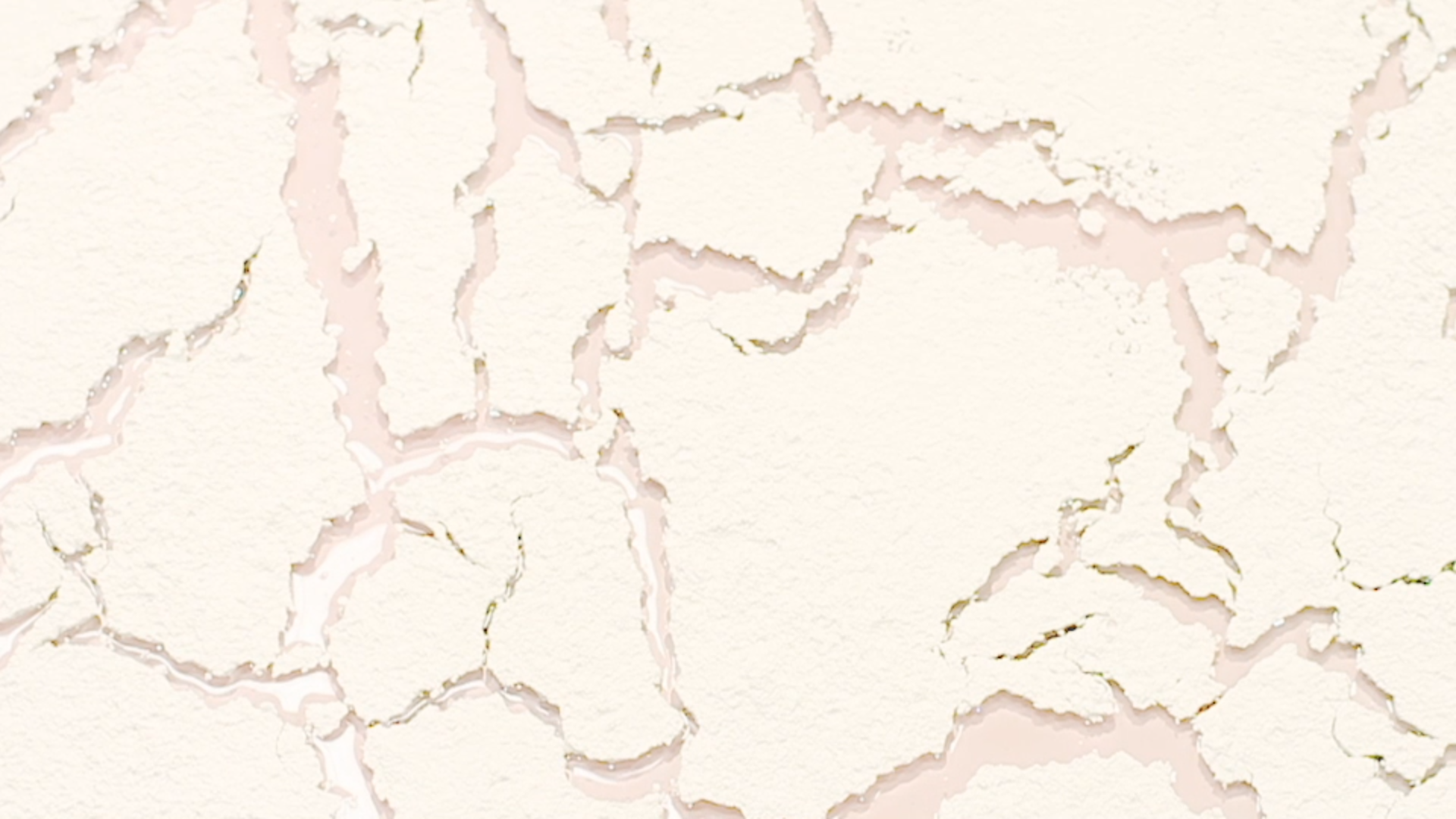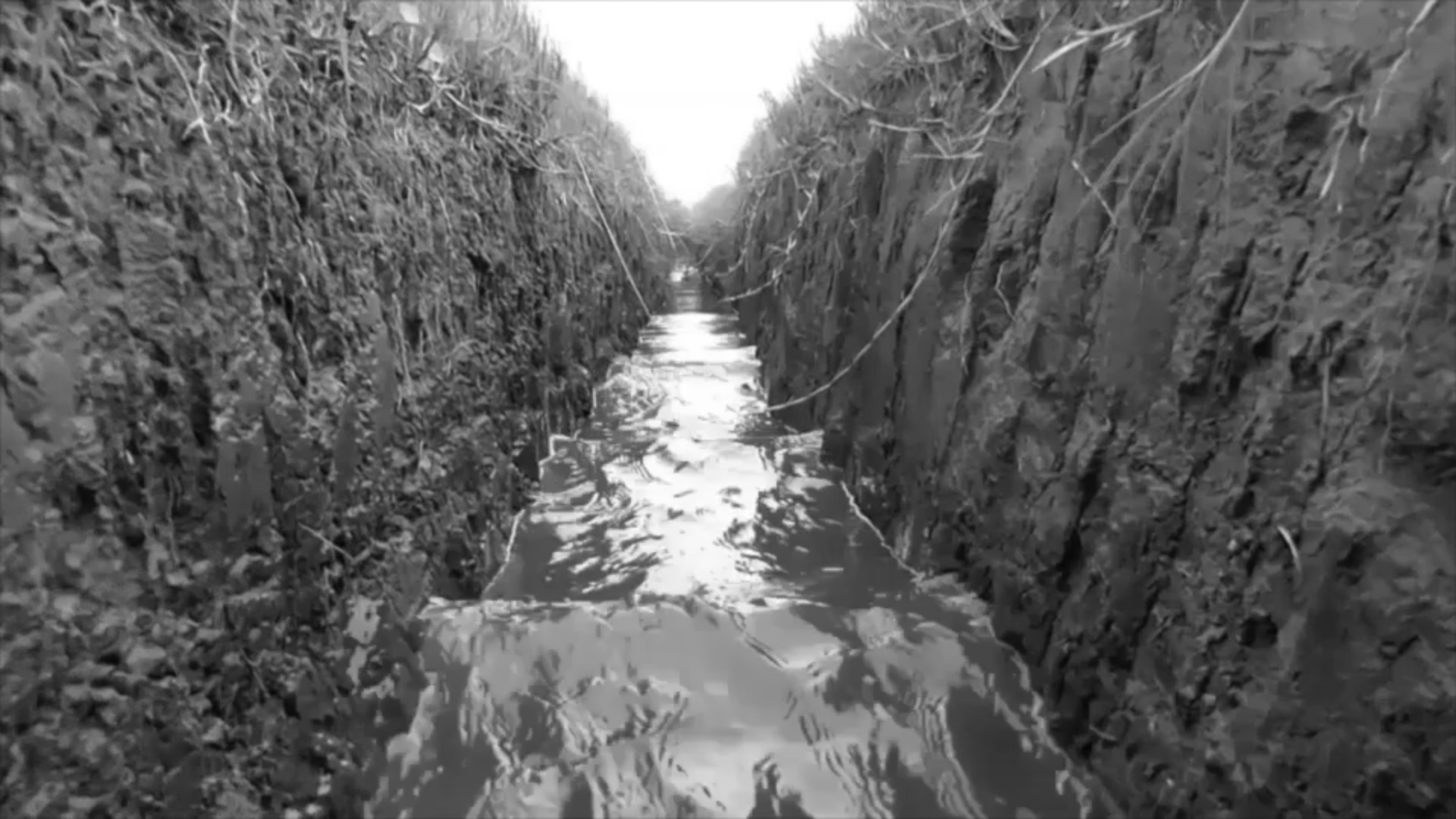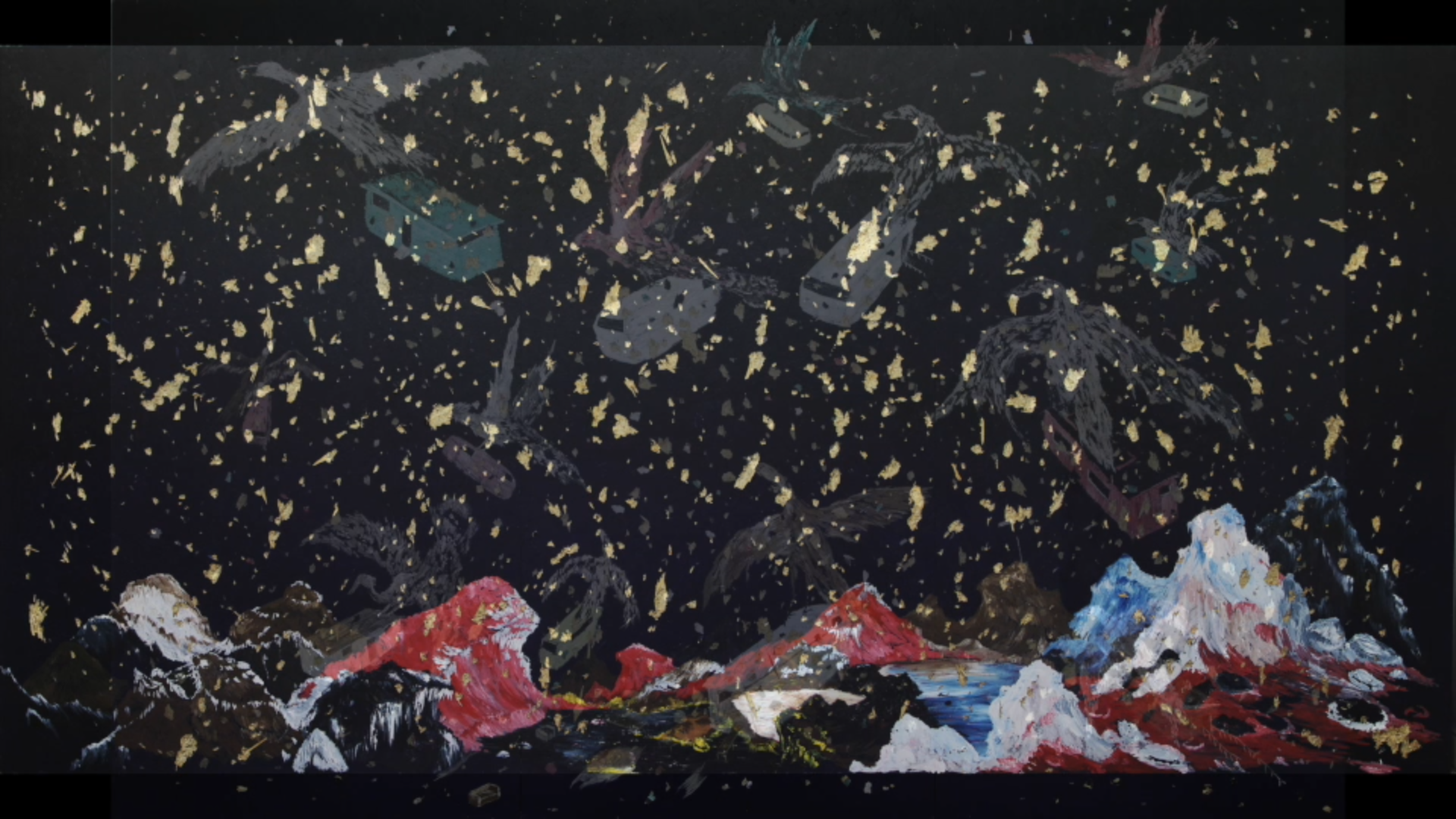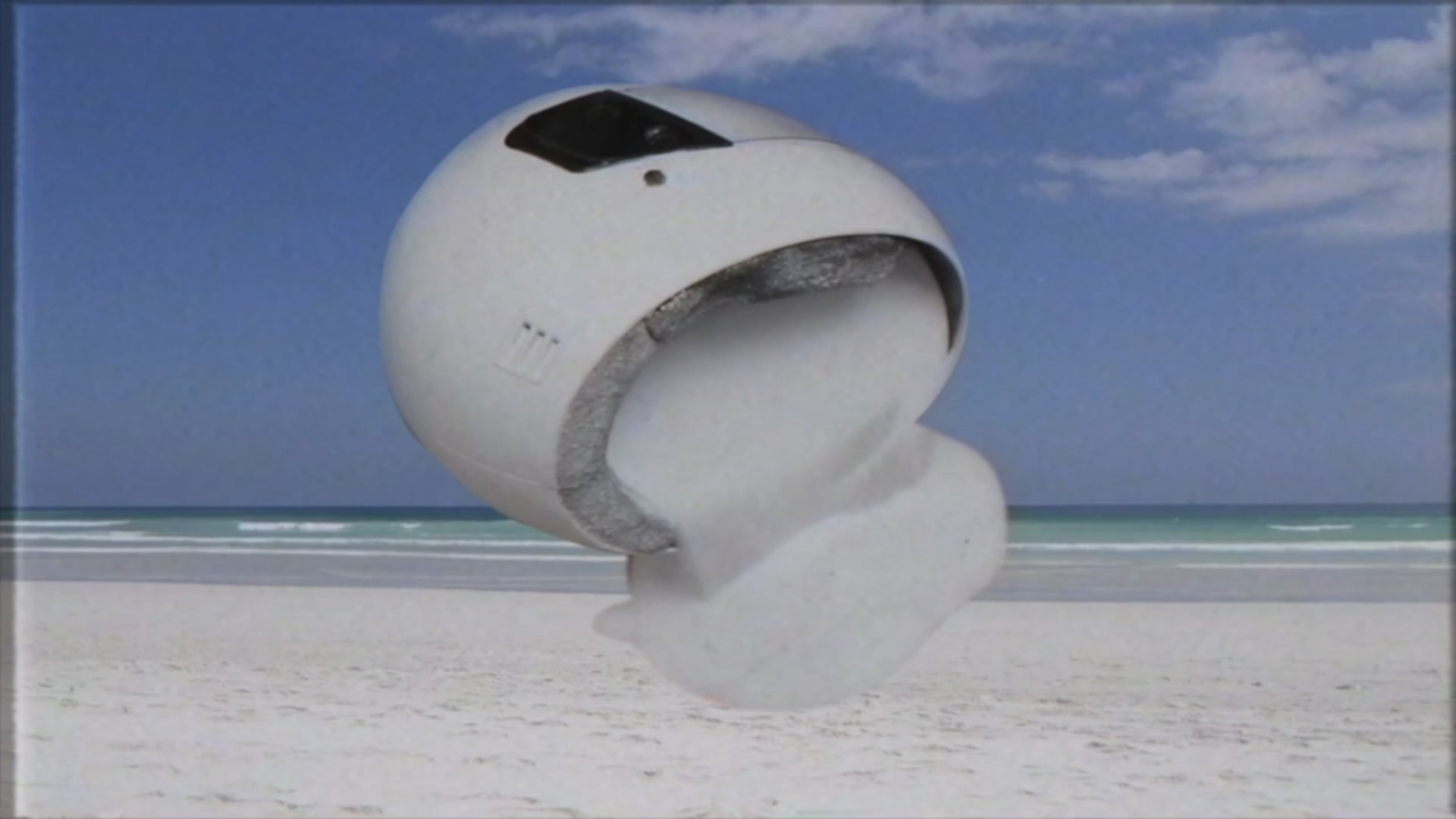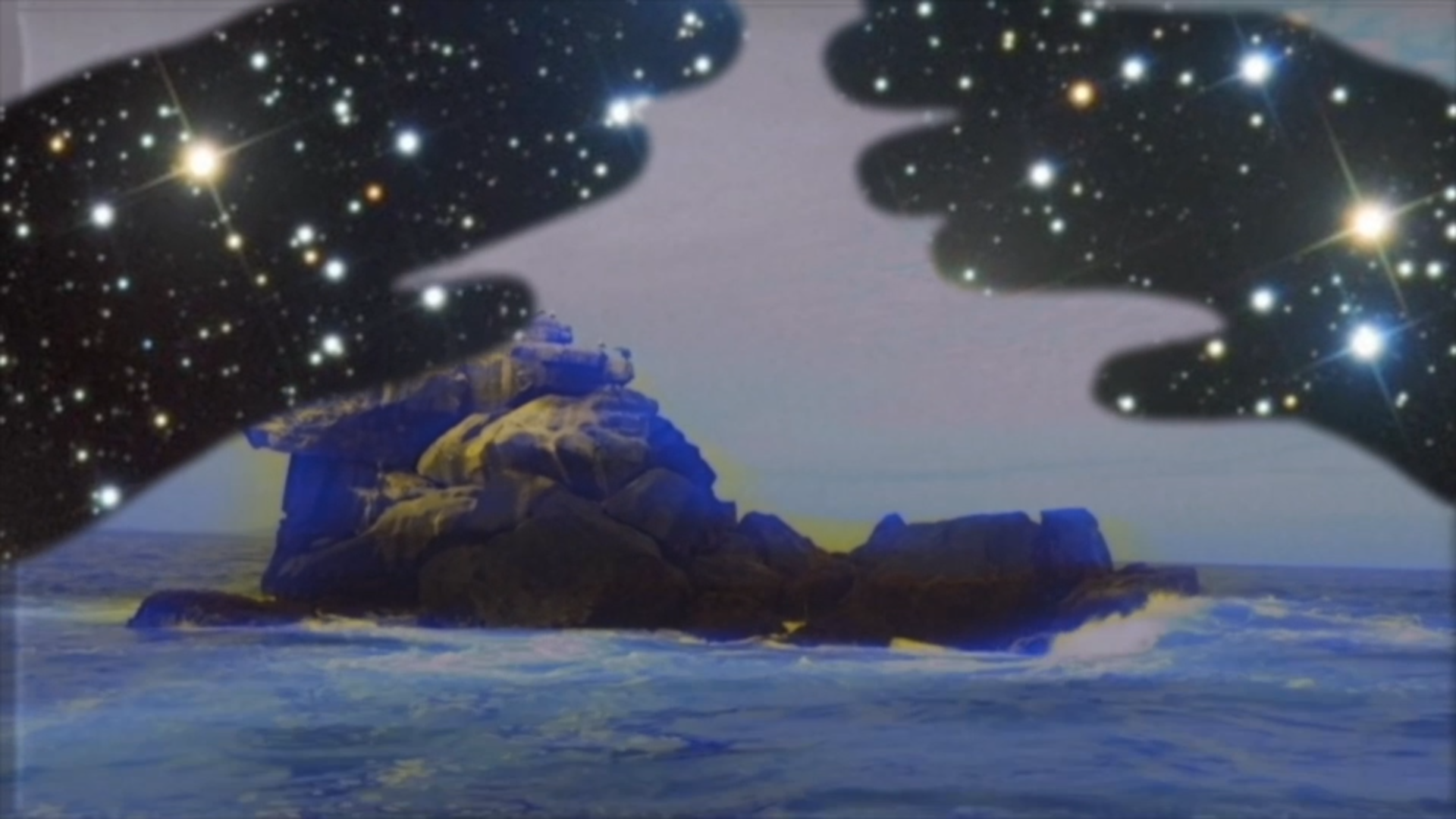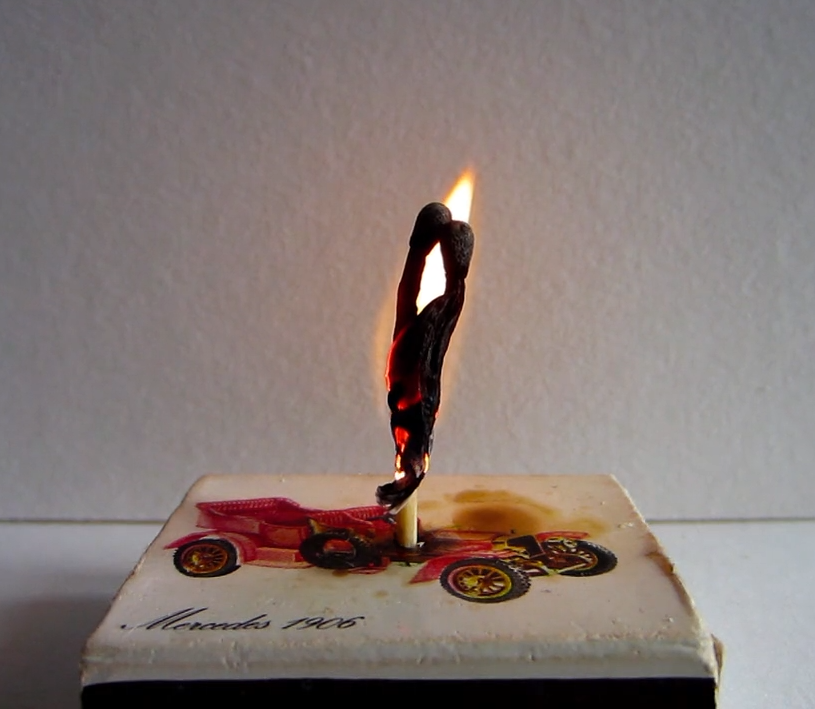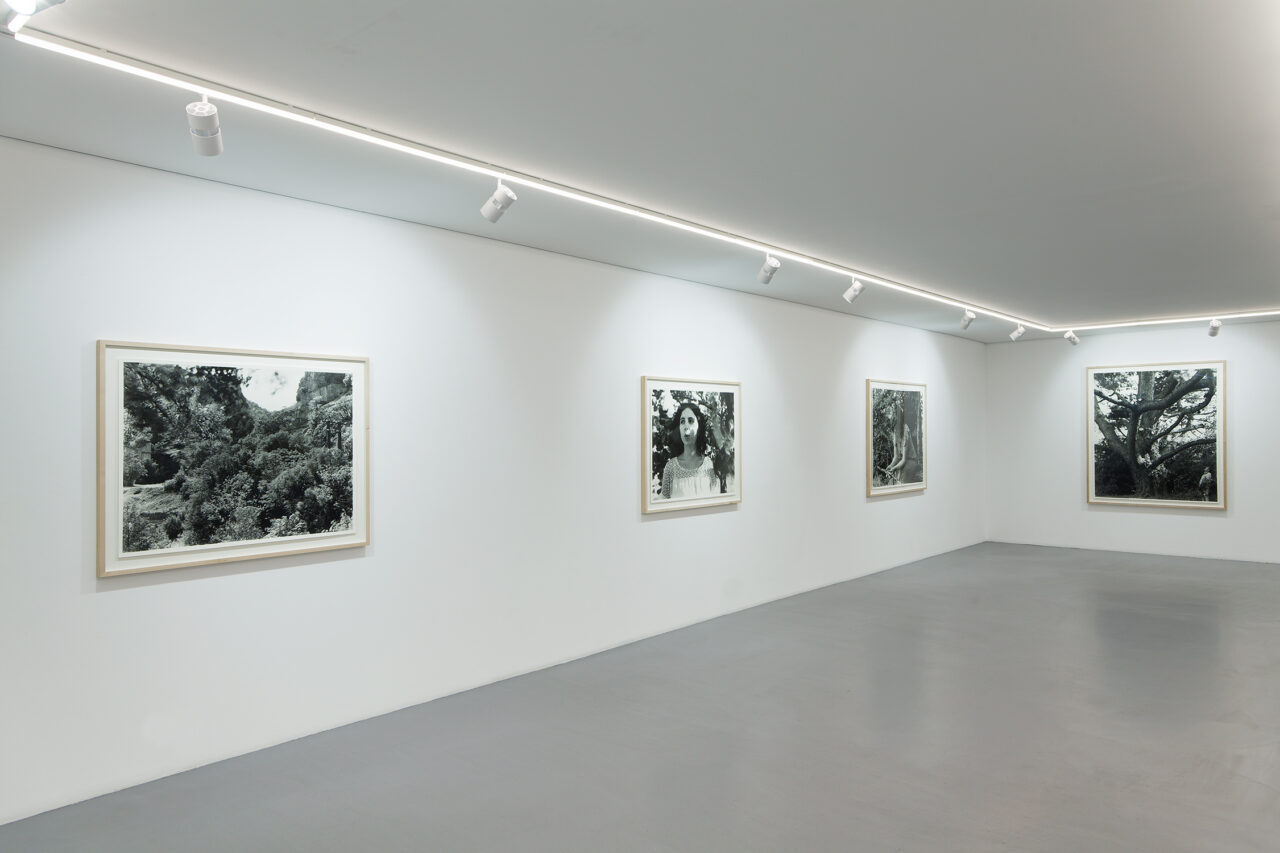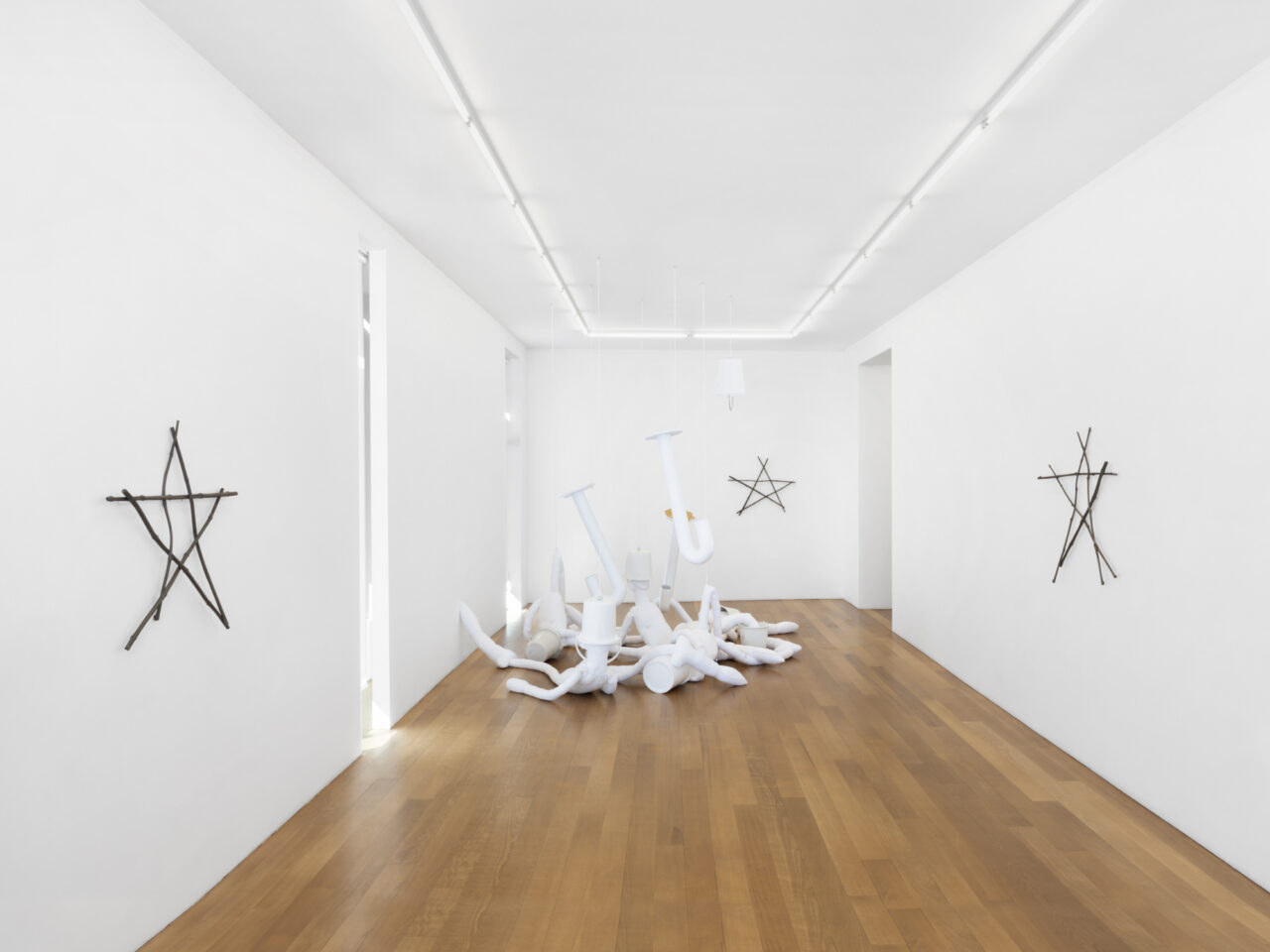inner & outer landscapes
03.02.23 → 31.03.23
On the occasion of the exhibition El paisaje invisible in our gallery in Punta del Este, we are happy to launch a new episode of our Cinema room program, focusing on the Latin American art scene. In this episode, we will show you three films by three artists participating in the show: Matías Duville, Janaina Tschäpe and Rita Fischer. All three question the way we visualise and represent landscape, blurring the frontier between the inner and outer dimensions, since a landscape is not only something that we perceive, but also something we interiorise. Although they employ disparate narrative formalisations and articulate their vision through different aesthetics, what the three of them share is the desire to create new paths, which are never linear and always transversal. They destabilize the surface of recognisable landscapes and configure new ones – fluctuating, deep and poetic.
Matías Duville - A line into infinity
19'
In this audiovisual compilation of videos, recordings of installations, and images of drawings and paintings, the Argentine artist Matías Duville, takes us on a journey through the desolate landscapes and those in a state of constant flux that he explores in his work. Having suffered from cataclysms, they make us feel the full power of nature, its reactions and shifts, emphasizing its sublime and terrifying power against which human agency seems volatile and enfeebled.
Tied together by a seductive soundscape, the images remind us of the earth’s capacity for change and reinvention once it has been hit by catastrophe – a power infinitely greater than that of our species. They also explore the bonds that we establish with it: of failed domination on the one hand, but also the potential harmonies we perceive in psychedelic visions. The video and laboratory of ideas are part of Duville’s ‘line into infinity’ – the name of the project, which refers to time and the essential element of the drawing that drives his work – a series of work produced over the past fifteen years in Argentina and overseas, exhibited at institutions in France, Brazil, and the USA.
A line to infinity was presented at the Museum of Modern Art of Buenos Aires in 2020.
Janaina Tschäpe - Fern Weh (fragment)
With Fern Weh, Janaina Tschäpe takes the viewer upon a perceptual journey through the waters surrounding a lonely island. This captivating two-channel video plunges us into an all-enveloping experience and creates an illusion of presence, almost of a bodily immersion in the water. Projected on separate walls, the images are dreamlike and are small in scale. The subjective point of view resulting from the wavy movements of the camera that goes under the water, then reemerges, repeating the same motion over and over again, makes us question our ways of perception, the limits of one’s (very subjective) interpretation.
The image of the island conveys mixed feelings. One might feel the sense of isolation and an urgency to escape, and, at the same time, a desire to stay and to explore. Are we desperately trying to reach the shore? Are we fleeing from the island, preferring the depths of the ocean? The video has no narrative, no fixed story, just fragmented images accompanied by an ardent sound guiding you through sensations. There is no objective nor goal : it’s like being at the sea, out in the open water, feeling that the space is endless and that the horizon can never be reached.
Fern Weh was produced at the Galápagos’ islands and was commissioned by Thyssen Bornemisza Art Contemporary, 2014.
Rita Fischer - Romeo & Juliet
1'44
The video Romeo & Juliet by Rita Fischer is an ode to the neglected and to the forgotten. Interweaving small things with deep metaphors and even deeper feelings that underlie them, it honours the childhood memories and resurrects a game the artist used to play as a child, but which has become almost impossible today because of the irreversible material changes in the world. Although slightly nostalgic, the video isn’t filled with regret, but rather with tenderness and with light, both literally – thanks to the presence of the fire element – and metaphorically. It shares with us a beautiful love-story that everyone knows, reinterpreting in its own humble and touching way.
This video shows a kind of game, which I used to play with my grandmother when I was a child. We called it “Romeo & Juliet”. I always wanted to make this ritual again, but the paper matches dissappeared from the market so many years ago…. The times have changed and nobody believes in affective bonds today, because they are deep and fragile. They are temporary and very easy to break.
– Rita Fischer
Although it seemed impossible to play “Romeo & Juliet” ever since, with paper matches having disappeared from the good’s circulation, a few months before making the video, at the Tristan Narvaja fair, Rita Fischer found a whole bunch of empty match boxes. Only one was full, giving birth to an idea. It is this match box exactly that we see in the video, transformed here into a stage where two fragile lovers are kissing and dying, ending their existence with a burning embrace.
About the artists
Mathias Duville
Matías Duville was born in 1974 in Buenos Aires, Argentina. He lives and works in Buenos Aires and Mar del Plata.
Matías Duville works with objects, videos and installations even though his production has developed mainly from drawing. His works evoke scenes of desolation, rarefied and out of time atmospheres, such as those preceding natural disasters: hurricanes, tsunamis or deserted scenes in a forest, that represent the dreamlike vision of a wandering explorer, a sort of mental landscape.
His work is characterised by experimentation with different media and materials. Through expressive strokes and procedures that reveal a certain brutality, he modifies the surface, leaving traces in the representation, marks that fuse the nature of the material with the landscape. The tension between opposites, mutation and time are some of the themes of his most recent works.
Matias Duville’s works are part of important collections: Museum of Modern Art (MoMA), New York; Tate Modern, London; Reina Sofía Art Centre National Museum, Madrid; Museum of Latin American Art (MoLAA), Los Angeles; Solomon R. Guggenheim Museum, New York; Patricia Phelps de Cisneros Collection, New York; Art Museum, Lima; the Bue- nos Aires Museum of Latin American Art (MALBA), Buenos Aires, and others.
Janaina Tschäpe
Janaina Tschäpe was born in 1973 in Munich, Germany. She grew up in Brazil and currently lives and works between Minas Gerais (Brazil) and New York.
Taking the female body for her muse, Janaina Tshcäpe explores themes of the body and landscape, sex, death, renewal and transformation in paintings, drawings, photographs and video installations. To experience Tschäpe’s work is to swim through universes of polymorphous landscapes amongst embryonic forms, ambiguous characters and exotic botanical life. She seeks to give form to the trance of art making, portraying not a dream world, but the sensation of being in one. Her use of organic lines and ethereal forms in her paintings create a network of relationships, linking the process of artistic practice to lifecycles found in nature. In Brazil, nature is overwhelming. Everything is growing on top of something else – there is always a plant breaking through a wall or a tree shooting out of the ground. When she returns to the city, she paints with these memories. Her paintings exist in a state of their own becoming. They are systems of palimpsests; each brushstroke, a materially emphatic note, partially occludes a previous mark. In this way, forms are built and colors orchestrated through layers of accumulation. Their physically sensuous surfaces give way to topologies of finely calibrated hues. They create the sensation of being under water or wrapped up in diaphanous cloaks.
Her work can be found in major public collections, including: Centre Pompidou, Paris, France; Reina Sofía Art Centre National Museum, Madrid, Spain; Harvard Art Museum, Cambridge, Massachusetts; Museum of Modern Art, Rio de Janeiro, Brazil; Moderna Museet, Stockholm, Sweden; Thyssen-Bornemisza Art Contemporary, Vienna, Austria; and the Solomon R. Guggenheim Museum, New York, among others. She has had public commissions in New York City; Miami Beach, Florida; São Paulo, Brazil; and Holbæk, Denmark.
Rita Fischer
Rita Fischer was born in 1972 in Young, Uruguay. She lived and worked in Paris and Berlin between 2000 and 2012. She currently lives and works in Montevideo.
Rita Fischer’s work might be associated with a renewed approach to the landscape tradition, although horizon and perspective, fundamental and defining elements of the genre, are not present in her paintings. The artist uses tonal variety and chromatic complexity to represent elements of nature: plants, branches, leaves or tree bark reminiscent of the indigenous forests of the Uruguayan countryside. But far from seeking realism, these elements and signs do not guarantee a complete representation of these thickets, and the feeling of symbiosis in front of nature does not seem to arrive. On the contrary, these signs are joined and completed with purely abstract elements, such as the large marks and color planes that occupy a significant place in Rita Fischer’s work. The image created by the artist, semantically ambiguous, generates a climate of uncertainty, perplexity and desire. When we stop to contemplate these hermetic, unstable scenographies, inhabited by conflicts and tensions, we are gradually assaulted by a sensation: the feeling of witnessing an epiphany that reveals a singular beauty.
Her exhibitions include “Pasajes extáticos” (“Ecstatic passage”) at Xippas Gallery in Montevideo and Punta del Este, 2021; “Bajo el tilo” (“Under the linden tree”) at Bienal Sur, Km 5.5, Muntref Art and Nature Centre, in Buenos Aires, 2019; “Sharing the Beauty” at the China Millennium Monument Museum, Beijing, 2017; “NO- VUS” at Espacio de Arte Contemporáneo, Uruguay, 2017; “Ningún Lugar” (“No Place”) was held at the National Museum of Visual Arts in Montevideo and at the Atchugarry Foundation in Punta del Este, Uruguay, 2013; “Deriva” (“Adrift”), Jeune Création Gallery, Paris, 2009; “Caza curioso”, Vasari Gallery, Buenos Aires, 2006; “Red” (“Net”), La Serre Gallery of the National School of Fine Arts of Saint-Étienne, France, 2001.
